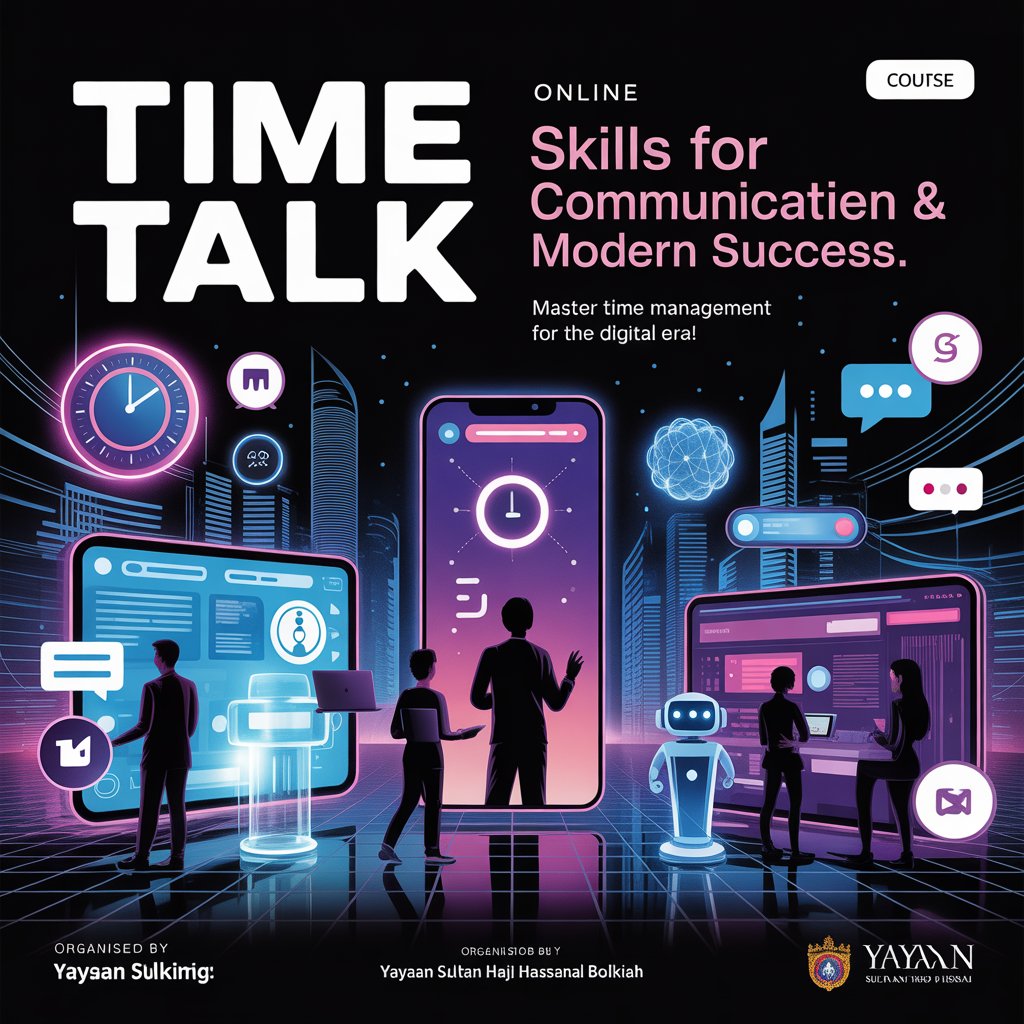
HOW TO RESOLVE CONFLICT?
Subtopic 1: Types of Workplace Conflicts
In NeoFuture’s HR department, Maya observed that conflict was not always loud or obvious. Sometimes, it was as subtle as a cold reply or a missing “thank you” in a chat. Zeta, her AI assistant, helped the team list out conflict types: task-based (disagreement over work), relationship-based (clashes in personalities), and process-based (disputes about how things are done).
Maya shared examples: Adam and Sarah once disagreed on the best software for payroll—a classic task conflict. Another time, two team members misunderstood each other’s messages and felt hurt, revealing a relationship conflict. Recognizing these types helped the team see conflict as normal, not something to dread. Like a wise mentor, Maya reminded them: “Identifying the source is step one to resolution.”
Subtopic 2: Active Conflict Management Strategies
Zeta introduced a virtual conflict-simulation game. Maya’s team role-played tense scenarios—delayed project deadlines, miscommunications in group chats, or overlooked contributions. Zeta guided them: “Pause. Listen. Restate the problem in neutral words. Ask for each person’s perspective. Look for common ground.”
Using these active management steps, Maya encouraged her team to avoid blame and instead focus on finding solutions. When Adam and Sarah had a heated debate, Maya facilitated a graceful conversation, ensuring both felt heard. They soon realized their goals matched; they just needed to align their processes. The team grew stronger, trusting Maya’s guidance and Zeta’s step-by-step strategies.
Subtopic 3: Negotiation Techniques
Maya’s next challenge was helping her staff negotiate resources with other departments. Zeta taught them the basics: “Aim for win-win. Prepare your arguments. Listen and adapt.”
The team practiced in a safe virtual environment. Sarah learned to present her needs clearly but also to understand the IT team’s workload. Maya encouraged using “I statements” to express needs without sounding aggressive (“I need more time for the new module because…”). Through regular negotiation drills, the HR unit became skilled at reaching compromises that benefited everyone, turning potential standoffs into collaborative wins.
Subtopic 4: Mediation Skills
When conflicts escalated, Maya stepped in as a mediator. With Zeta’s help, she set ground rules: respect, confidentiality, and a focus on solutions. Maya allowed each person to voice their side without interruption, summarized their positions, and guided them to brainstorm solutions together.
This new mediation culture made the NeoFuture HR department a safe space. Even when difficult discussions arose, the team knew Maya would help them find common ground. Over time, stress and resentment faded, replaced by trust and a shared sense of mission.

